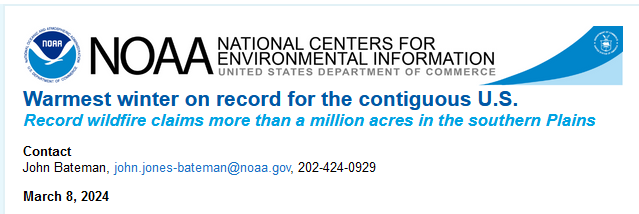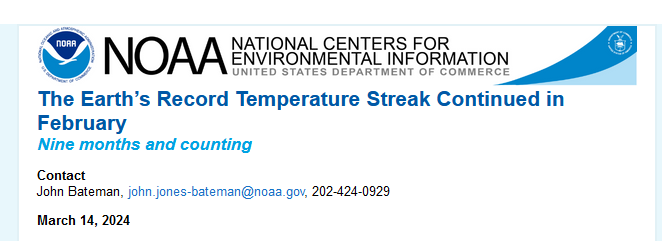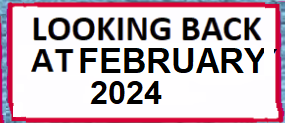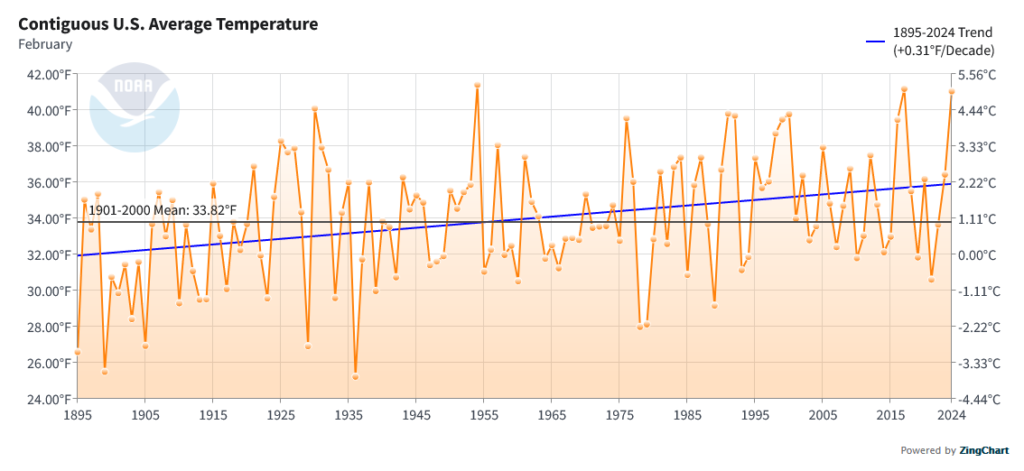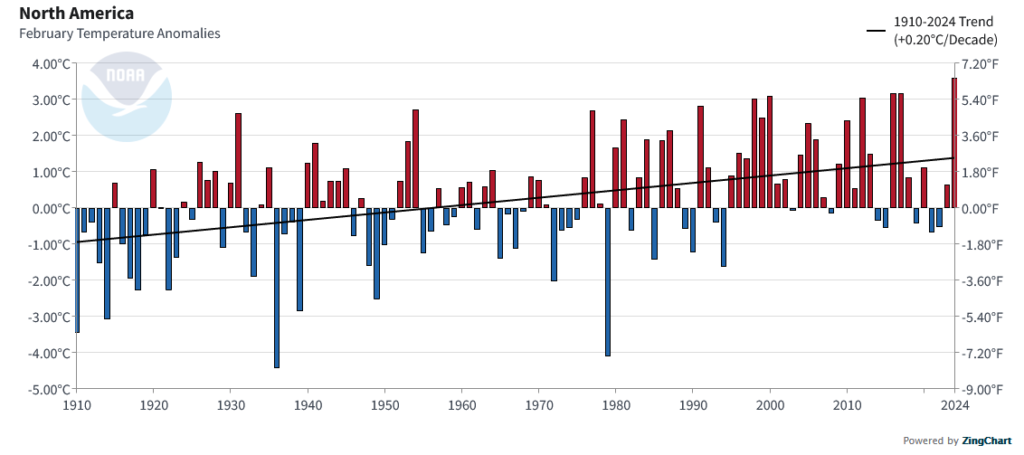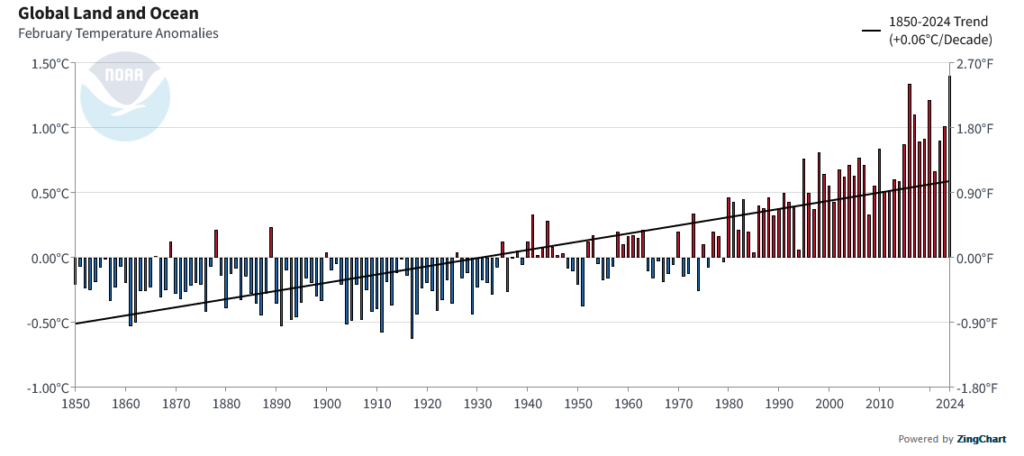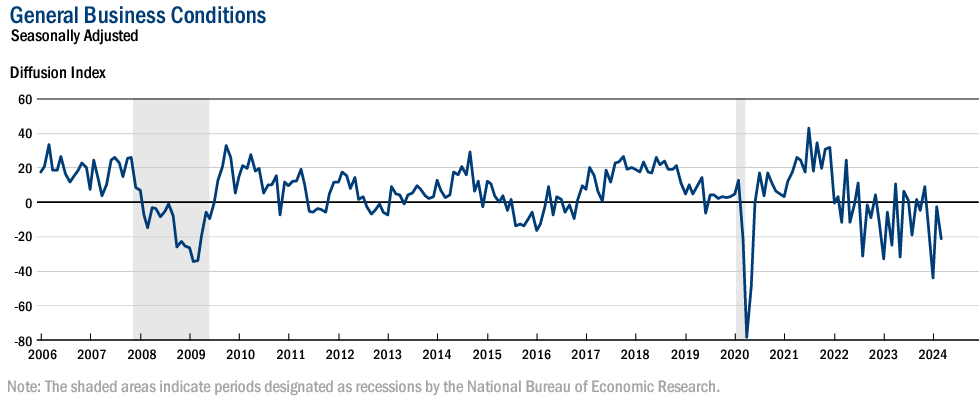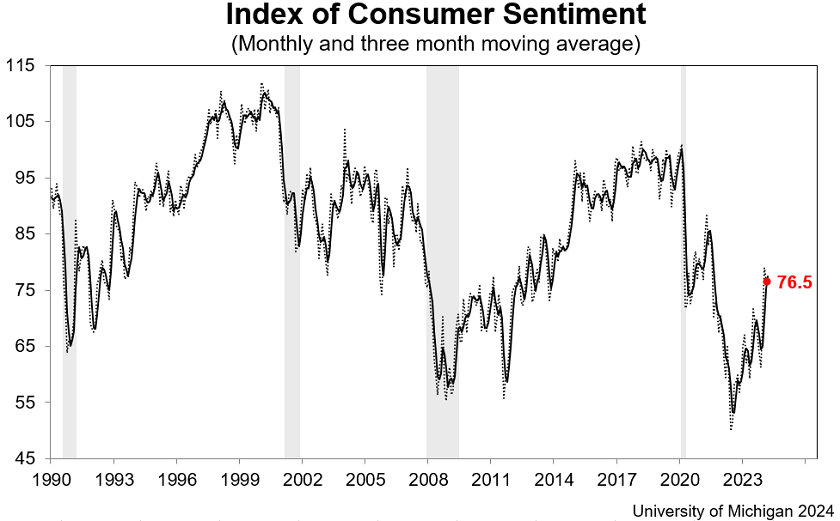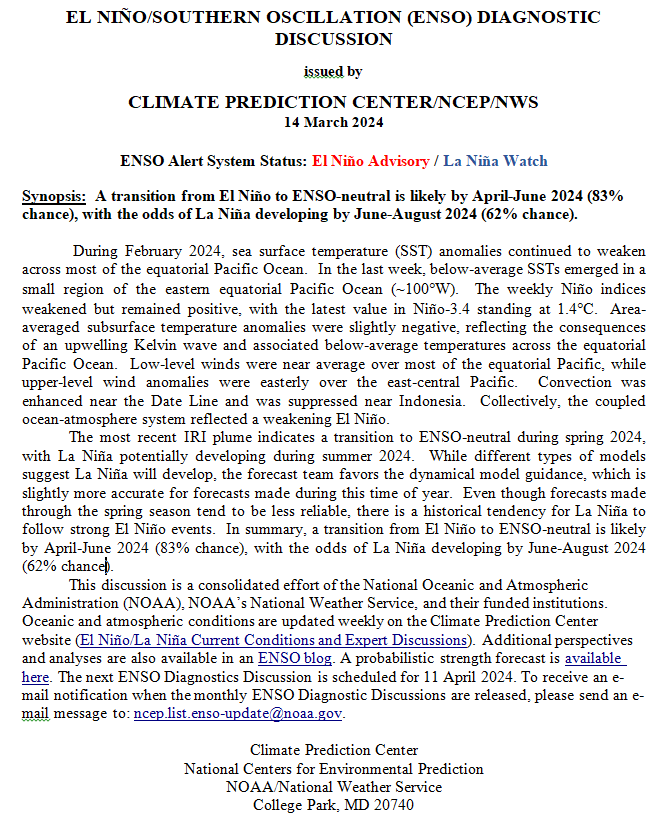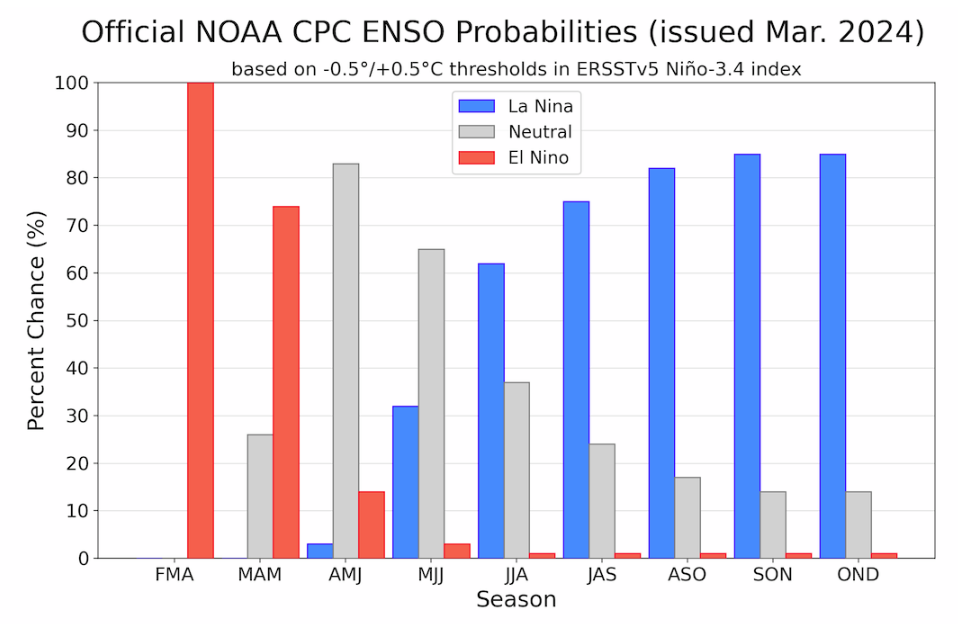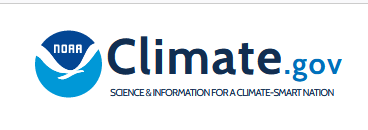Today Through the Fourth Friday (22 to 28 days) Weather Outlook for the U.S. and a Six-Day Forecast for the World: posted March 17, 2024
It is difficult to find a more comprehensive Weather Outlook anywhere else with the ability to get a local 10-day Forecast also.
This article focuses on what we are paying attention to in the next 48 to 72 hours. The article also includes weather maps for longer-term U.S. outlooks and a six-day World weather outlook which can be very useful for travelers.
First the NWS Short Range Forecast. The afternoon NWS text update can be found here but it is unlikely to have changed very much. The images in this article automatically update.
Short Range Forecast Discussion
NWS Weather Prediction Center College Park MD
Sun Mar 17 2024
Valid 12Z Sun Mar 17 2024 – 12Z Tue Mar 19 2024…Locally heavy snow continues across the Southern Rockies today, while
lake effect snow impacts the Great Lakes region through early this week……Strong cold front ushers in frost/freeze potential throughout the
Southeast by Tuesday……Scattered showers and thunderstorms forecast across the Gulf Coast
States this St. Patrick’s Day…Even as the Spring Equinox approaches this Tuesday, winter weather
continues to impact parts of the Nation with localized heavy snow. The
same closed upper low that has lingered over the Southwest over the last
few days is expected to continue producing areas of heavy mountain snow
throughout the Southern Rockies and Four Corners region today before the
system weakens and precipitation becomes widely scattered. The heaviest
remaining snow is expected over the mountainous terrain of New Mexico,
which could lead to treacherous travel at times. Meanwhile, a potent low
pressure system crossing from southern Ontario to southern Quebec, Canada
today will aid in lake effect snow downwind of the Great Lakes through
early this week. The cold airmass advecting from the northwest across the
relatively warm lakes will allow for numerous snow showers and localized
areas of moderate to heavy snow. Specifically, the U.P. of Michigan and
Tug Hill Plateau of western New York could see several inches of
accumulation snow. Snowfall chances also extend to upslope portions of the
central Appalachians on Monday and Tuesday.As a cold front pushes south and clears the Southeast by Monday, much
colder temperatures and high pressure will build in its wake. Low
temperatures are forecast to dip into the 20s and 30s from the Midwest to
the Tennessee Valley on Monday, prior to this cold sinking into the
Mid-South and Southeast on Tuesday. Vegetation in these regions are
susceptible to frost/freeze damage given the relatively mild late winter
temperatures, thus any unprotected sensitive plants could be damaged or
killed. Meanwhile, warm temperatures will remain locked in place over the
Pacific Northwest, where highs into the low 70s are forecast and
anticipated to spread into the northern High Plains by Monday.One more day of shower and thunderstorm activity is expected today along
the Gulf Coast as a lingering frontal boundary focuses rainfall chances.
Heavy rain could lead to flooding concerns from southeast Texas to
southern Louisiana due to saturated soils from recent rainfall. A Slight
Risk (level 2 of 4) of Excessive Rainfall is in effect. A few isolated
severe thunderstorms could also impact the immediate Gulf Coast region as
well this St. Patrick’s Day.

